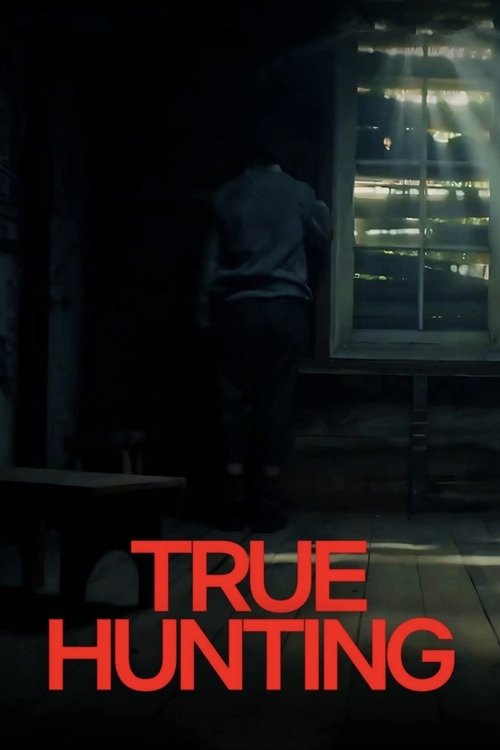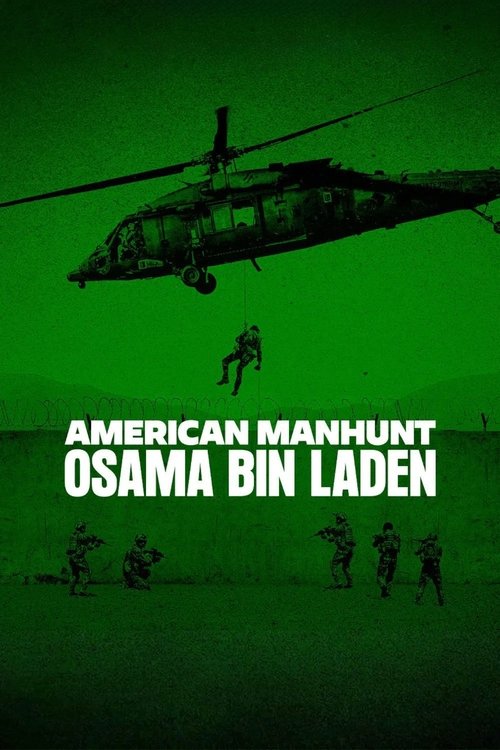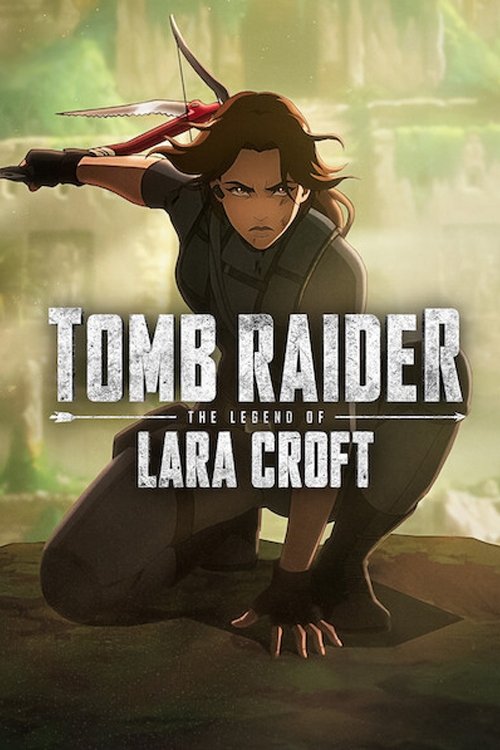
Ask Your Own Question
What is the plot?
The episode opens with the growing tension as American settlers increasingly encroach on Native American lands in the Northwest Territory. Miami Chief Little Turtle emerges as a key leader, uniting a coalition known as the Northwest Confederacy, which includes the Shawnee, Delaware, Miami, Ottawa, Ojibwa, Potawatomi, Wyandot, and Iroquois tribes. This alliance is formed to resist the settlers' expansion and protect their homelands.
Little Turtle and the Confederacy plan a decisive attack against the U.S. forces led by General Arthur St. Clair. The episode details the strategic preparations and the gathering of warriors from hundreds of miles away, highlighting the impatience and determination among the Native fighters. Despite internal disagreements, particularly Little Turtle's caution against attacking fortified positions, the Shawnee lead an assault on Fort Recovery, a fort built by General Anthony Wayne on the site of St. Clair's previous defeat.
The attack on Fort Recovery begins with the Confederacy targeting supply lines, aided covertly by British troops still interested in limiting American expansion. The assault on the fort itself is intense and brutal, with warriors employing tactics that are uncharacteristic of traditional Native warfare, which typically avoided direct attacks on forts due to expected high casualties. The battle is fierce, with gunfire and close combat, but the fort's defenses prove overwhelming, resulting in a devastating defeat for the Confederacy.
Following this, the narrative shifts to the American response. President George Washington appoints General "Mad" Anthony Wayne to lead a new, well-trained army to subdue the Native resistance. Wayne's approach is methodical and deliberate, moving through Miami territory with overwhelming artillery and disciplined troops. The episode shows Wayne's forces burning Native fields and destroying resources to weaken the Confederacy's ability to sustain their fight.
The climax centers on the Battle of Fallen Timbers, where Wayne's army confronts the Northwest Confederacy. Despite the Confederacy's bravery and tactical skill, they are outmatched by Wayne's superior firepower and organization. The battle results in a decisive defeat for Little Turtle and his allies, forcing them to retreat. The British, who had previously supported the Confederacy, withdraw their aid, leaving the Native forces isolated.
The episode concludes with the aftermath of the battle: the Confederacy's defeat opens the Northwest Territory to American expansion, fulfilling George Washington's goal of securing the land. The episode closes on the somber note of Native displacement and the beginning of a new era of westward expansion by the United States, setting the stage for further conflicts and transformations in the region.
Related Titles
Browse All Titles →
What is the ending?
The episode "Fallen Timbers" ends with General "Mad" Anthony Wayne's decisive counterattack defeating the Northwest Confederacy led by Miami Chief Little Turtle, enabling U.S. western expansion.
In detail, the episode begins by showing the Native American resistance to settler encroachment on their lands, with Chief Little Turtle uniting a coalition of eight tribes to deliver a crushing defeat to U.S. forces under General Arthur St. Clair. This victory temporarily halts American expansion westward. However, President George Washington appoints General Anthony Wayne to lead a new, better-trained army. Wayne methodically advances through Miami territory, employing superior artillery and hand-to-hand combat tactics learned from previous defeats. The climax is the Battle of Fallen Timbers, where Wayne's forces overpower the Native coalition. Little Turtle's army is forced to retreat, losing British support that had previously aided them. Following the battle, Wayne's troops burn Native fields and destroy resources, breaking the Confederacy's resistance. The episode closes with the implication that this defeat opens the door for U.S. settlers to expand westward, marking a turning point in the conflict between Native Americans and the United States.
At the end, Chief Little Turtle survives but is defeated and forced into retreat. General Wayne emerges victorious, solidifying his reputation and enabling the U.S. government's plans for western expansion. The episode portrays the complex military and diplomatic struggle, emphasizing the strategic skill of Native leaders and the brutal consequences of the U.S. military campaign.
Is there a post-credit scene?
The TV show "Kevin Costner's The West," season 1 episode 1 titled "Fallen Timbers" (2025), does not have any publicly available information or credible sources indicating the presence of a post-credit scene. None of the official episode descriptions, reviews, or promotional materials mention a post-credit scene for this episode. Therefore, it is most likely that there is no post-credit scene in episode 1 "Fallen Timbers."
What are the five most popular questions people ask about Kevin Costner's The West, season 1 episode 1 Fallen Timbers, that deal specifically with plot elements or characters?
- How does Chief Little Turtle lead the Northwest Confederacy to victory against the U.S. Army in the episode Fallen Timbers?
- What role does General "Mad" Anthony Wayne play in the counteroffensive following the Native American victory?
- How are the tensions between settlers and Native American tribes portrayed in the episode?
- What specific strategies or events lead to the initial victory of the Native American forces?
- How does the episode depict the impact of the Battle of Fallen Timbers on the future expansion of the United States?
These questions focus on key characters like Chief Little Turtle and General Wayne, as well as pivotal plot points such as the battle outcomes and their consequences for westward expansion.
Is this family friendly?
Kevin Costner's The West, season 1 episode 1 "Fallen Timbers" (2025), is a documentary-style miniseries exploring the complex and often harsh history of the American West. It is not primarily designed as family entertainment and contains mature themes related to historical conflicts, including violence and struggles over land involving Native nations and settlers.
Potentially objectionable or upsetting aspects for children or sensitive viewers include:
- Depictions or discussions of violent conflicts and bloodshed related to the settlement of the West.
- Exploration of harsh realities and tragedies faced by various peoples, including Native Americans.
- Intense historical subject matter that may include graphic descriptions or imagery of battles or suffering.
- Themes of displacement, struggle, and loss that are emotionally heavy.
Because it is a serious historical documentary with mature content, it may not be suitable for young children or highly sensitive viewers. The tone is educational and reflective rather than dramatized entertainment, but the subject matter is inherently intense.





















